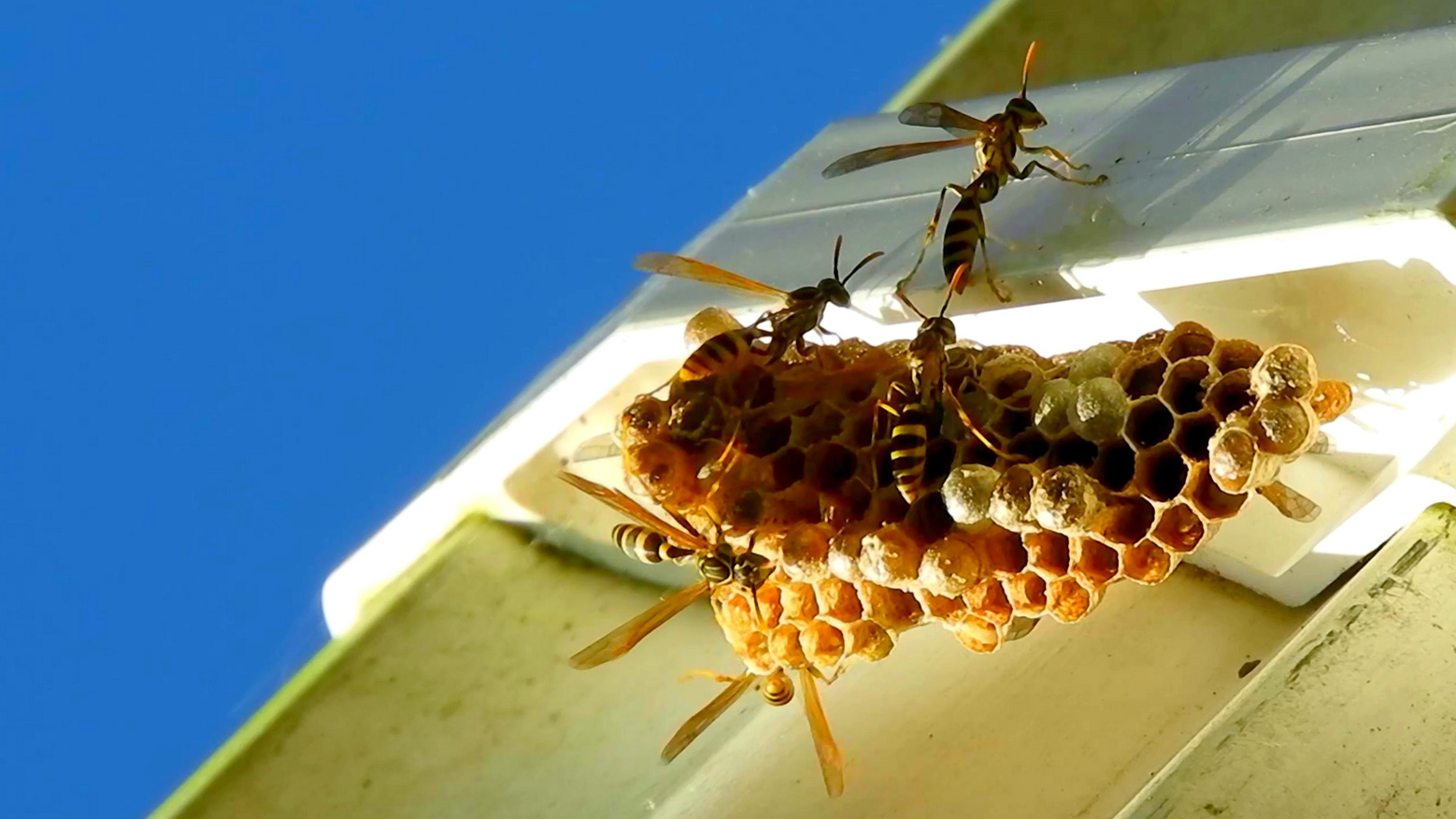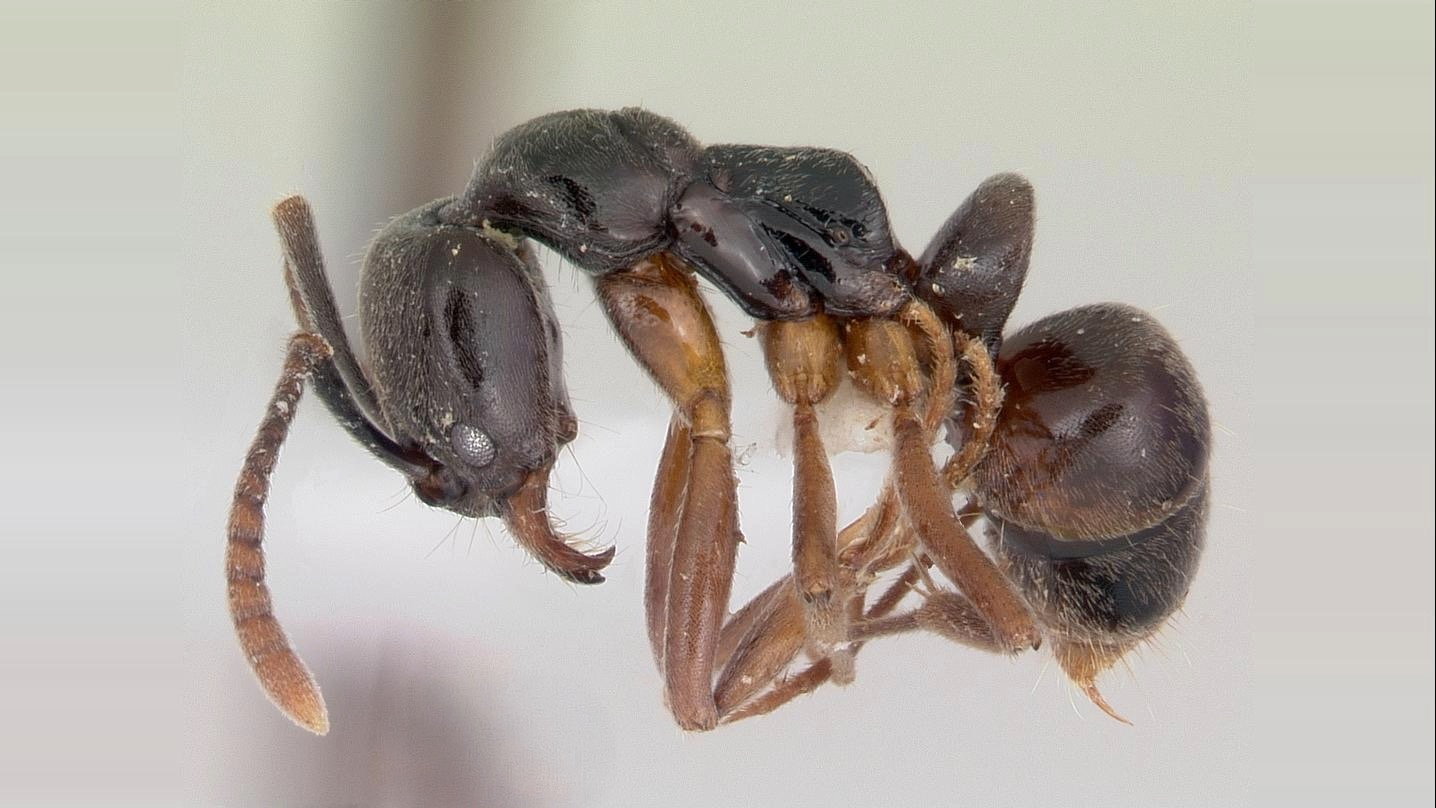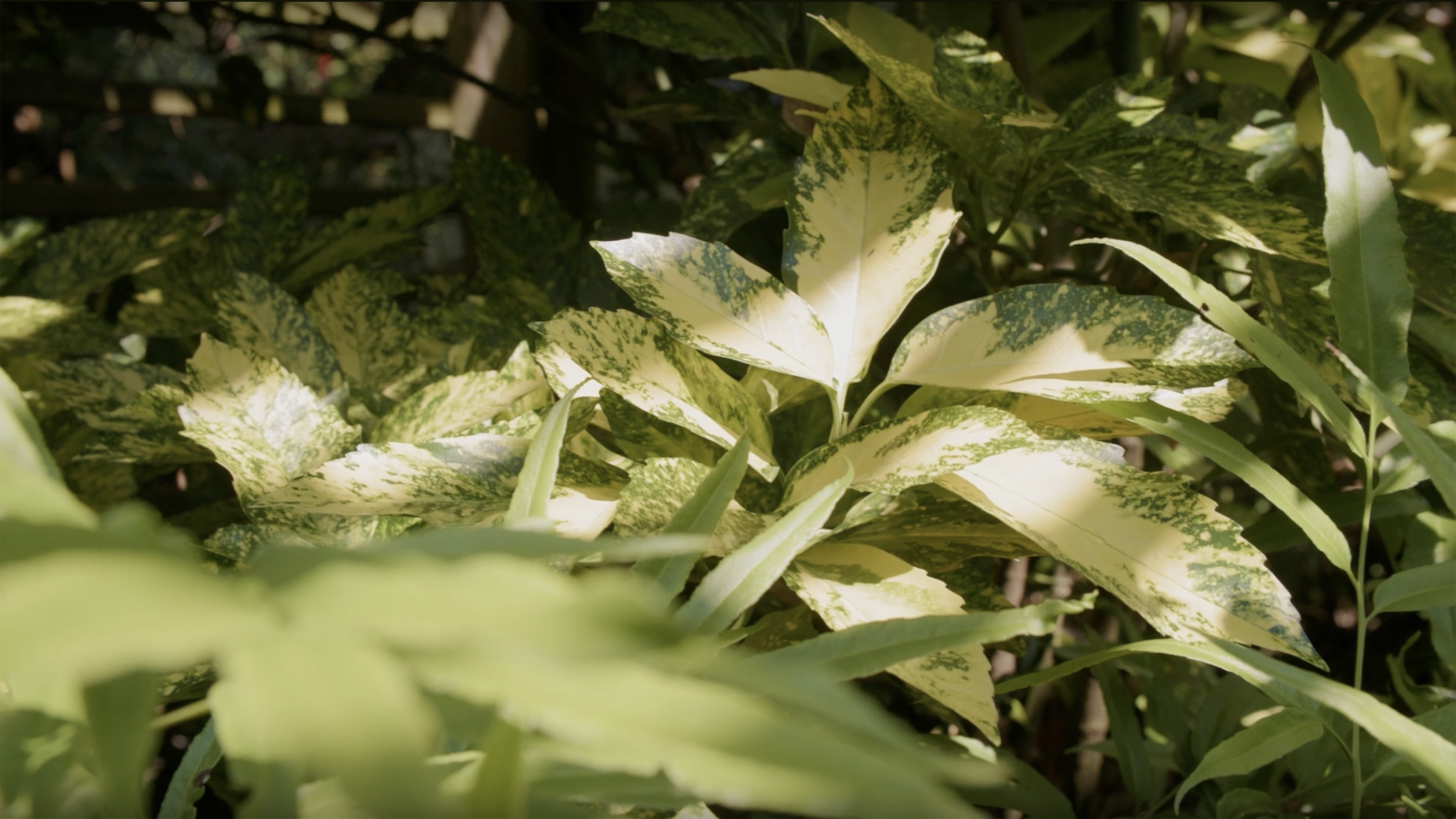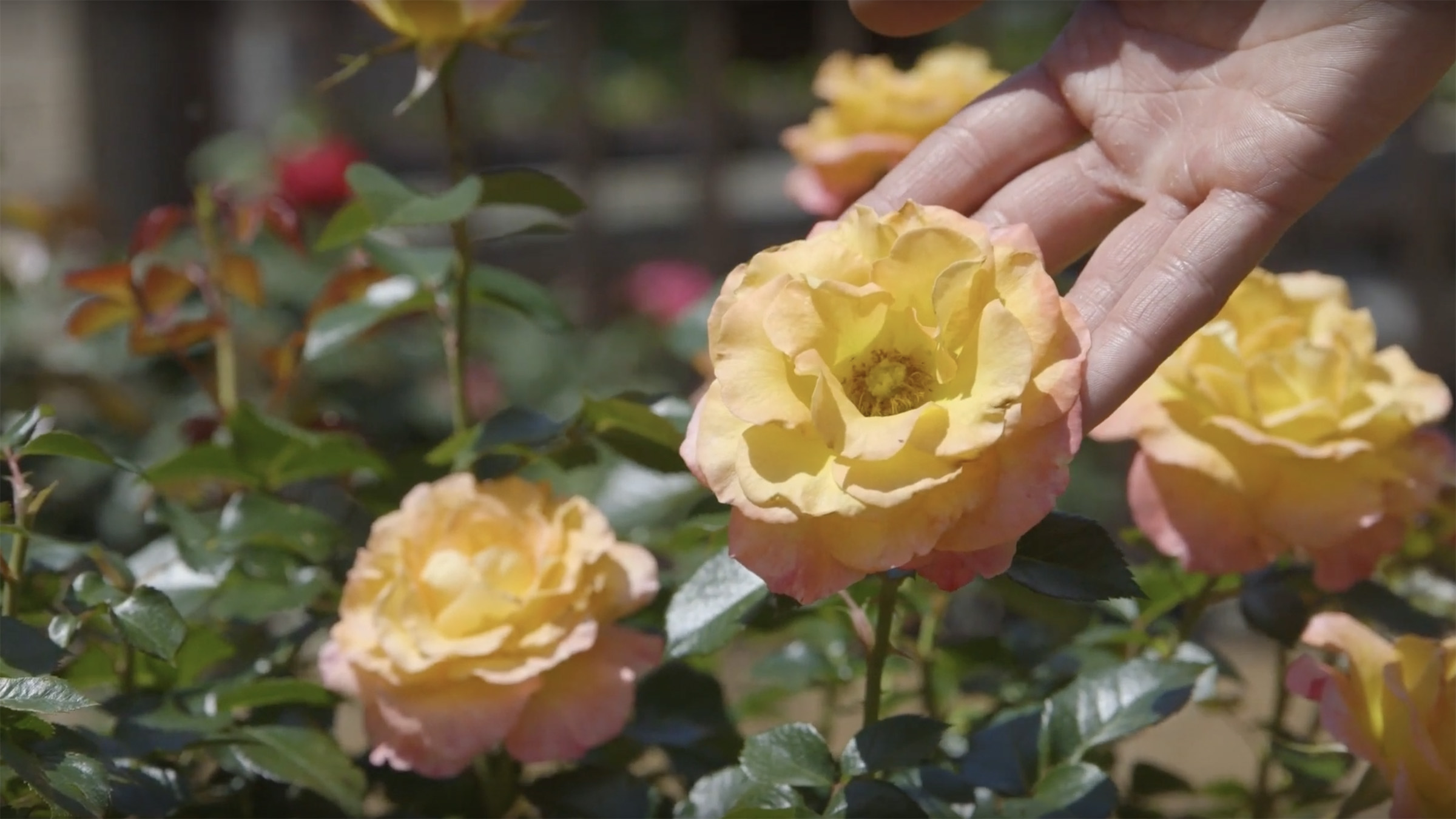We’ve all had that moment. A distant droning quickly becomes a buzz across the brow as an unidentified, flying insect flashes in front of your face. Your reaction: brief panic and a primal screech. As you’re trying to make a final fight or flight decision, the determining factor comes down to, “what was that?” A fly? Bee? Wasp??
It turns out there are key differences between bees, wasps and flies that are easy to spot with the trained eye. Whether you’re seeking peace of mind or looking to identify new guests in your garden, we can help you name that insect.
North Carolina is home to nearly 600 bee species, with more than 4,000 species in North America and 20,000 globally
Hannah Levenson is a busy bee. A community ecologist and graduate research associate in entomology and plant pathology at NC State University, she is conducting a multi-year study that will result in the most detailed survey of native bees across the state to date.
Fortunately for us, she took time to share her expertise and describe the differences between bees, wasps and flies in this segment of Homegrown In the Garden. Watch now and determine, once and for all, what all the buzz is about!
Five Fun Facts
- Wasps are not a type of bee, and vice versa. Both are stinging insects, but they belong to different suborders of Hymenoptera.
- Among their unique traits, bees can only sting once, which is fatal to them. Wasps can sting multiple times. If you get a “bee sting,” chances are good it was actually a wasp, such as a yellow jacket.
- Scientifically speaking, bees, wasps and flies are not “bugs.” While they’re all insects, “true bugs” belong to the order Hemiptera, which eat through straw-like mouths called stylets.
- Flies have only two wings, whereas bees and wasps have four.
- Roughly 70% of bee species worldwide live underground. Yet among the three (bees, wasps, flies), only bees collect pollen.
Identifying the Bees of North Carolina
The Bees of North Carolina: An Identification Guide is a beginner’s resource designed to help you quickly and generally identify native bees in North Carolina. Developed by experts at NC State Extension, including Hannah Levenson, it provides an overview of some of the most common groups of bees in the state.
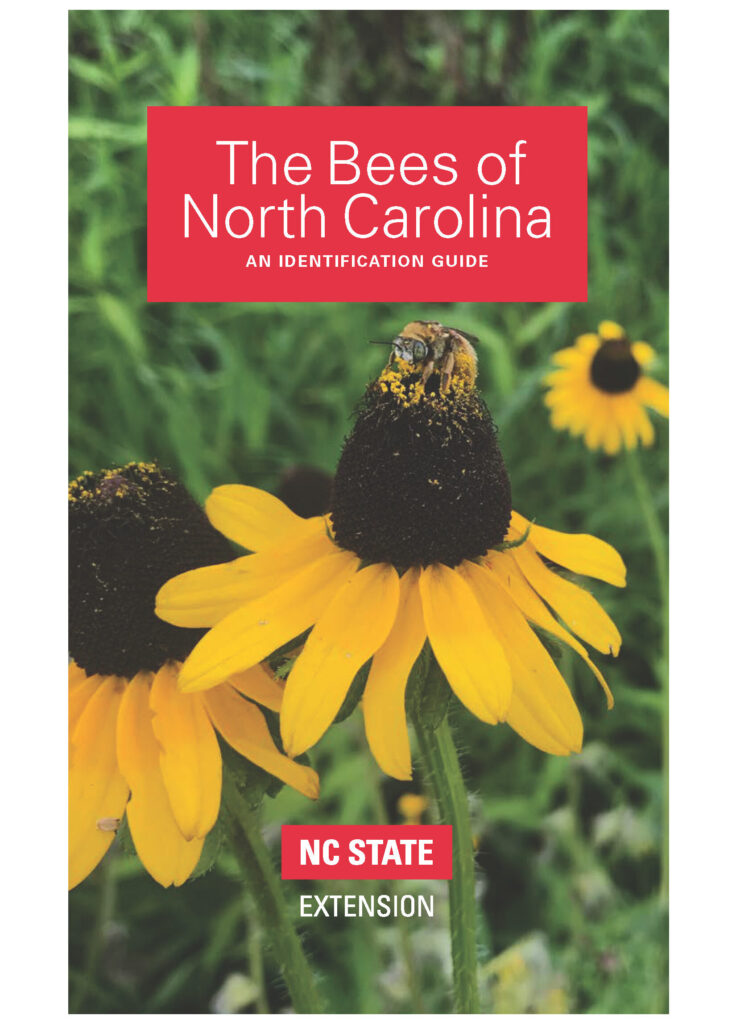
Authors: Hannah Levenson and Elsa Youngsteadt, NC State Extension
Bee-line to More Resources
- Sweet Moves: Honey Bee Dance Language
- BEES Academy (Beekeeper Education and Engagement System)
- The Value of Honey Bees as Pollinators
Asian giant hornets are NOT in North Carolina at this time. Our interactive guide will help you identify some similar local insects.
- Categories:
